Patient Flow Initiative Coordinates Patient Discharge
by Sara Michael
Finding available patient beds at Johns Hopkins Bayview Medical Center was once a minute-by-minute effort, as patient care coordinators and charge nurses juggled nursing units’ and patients’ needs. When a bed wasn’t available, patients waited, sometimes a long time, and there wasn’t an effective process to prevent the backup.
Today, nurses are ensuring that beds are available for waiting patients through a new coordinated patient-discharge process called Real Time Demand Capacity.
“It’s a daily process that allows the nursing units and the hospital at large to identify what the demand for beds is likely to be in the next 24 hours and how we can accommodate that demand,” says Carol Sylvester, project lead and senior director of care management.
Johns Hopkins Bayview implemented Real Time Demand Capacity in December 2011, after visiting the University of Pittsburgh Medical Center Mercy Hospital. Mercy started the process in 2007 to improve patient flow. At Bayview, the process was launched with “lightning speed,” Sylvester says—within a couple months of visiting Pittsburgh and involving stakeholders from across the entire hospital.
The nursing units—charge units and bedside nurses—are the ones who control patient flow on the unit, says Sylvester. In conjunction with physicians, nurse case managers, social workers, and others, nurses can reasonably and with accuracy predict which patients can be discharged and when, as well as what patients will need before being released. They can then predict their bed capacity and match that to the demand for new post op and emergency department patients.
An interprofessional team communicates each morning their patient needs and plans for the day. “Everything is put out on the table in a predictable form,” says Andy Magalee, director of nursing for staffing and resource management. “Everybody hears the same story at the same time.”
“It allows the nursing units at one time to collaborate and share and problem-solve,” Sylvester says. “It’s a transparent process for planning the day for patient beds.”
“If one unit predicted that five patients would be sent home, but none did, they can then look closer at what happened and find solutions,” says Zeina Khouri- Stevens, director of nursing for surgery and neurosciences who worked with Sylvester on implementing the process and helps run the morning meetings.
Successfully expediting patient discharge and matching bed demand with availability has long vexed hospitals, and Johns Hopkins Bayview has tried other approaches in the past. Those failed, Sylvester says, because they were unit-specific attempts that lacked full buy-in from every level of staff, as well as leadership support. The new program is also data-driven with the charge nurses reporting back on the previous day’s outcomes.
The Real Time Demand Capacity initiative has led to other process improvements around the hospital based on the data collected. For example, nurses reported that it had been taking hours to get discharge medicines filled by the outpatient pharmacy, which prevented patients from going home. A pilot program to improve that process started in January, Sylvester says.
Another problem discovered was a dearth of curtains, which have to be laundered and replaced for each patient. Often a clean curtain wasn’t available, which meant a bed was free, but a patient couldn’t be placed. Solutions? Purchase new curtains and re-examine the process for cleaning curtains Sylvester says.
The initiative has also empowered front-line nurses to communicate their needs for efficient patient discharge, says Khouri-Stevens. “There’s on-the-spot communication and an answer,” she says. “They could plan their patients’ days and their own days.”
Perhaps the biggest benefit Real Time Demand Capacity has brought to the hospital: relationship-building. The meetings have erased tensions between units vying for beds, as each can better see from the other’s perspective. Each nursing discipline can visualize and understand the others’ needs, says John Preto, director of nursing for medicine. Other clinical and support units are part of the same communication and working toward the daily capacity goals.
“That trust and camaraderie that has come out of this meeting has removed a lot of the perceived barriers or perceived lack of attention” to departments’ needs, Preto says.
Sylvester agrees: “There’s a lot more collegiality among charge nurses. The team-building was phenomenal. So much hinges on that 9 o’clock meeting.”
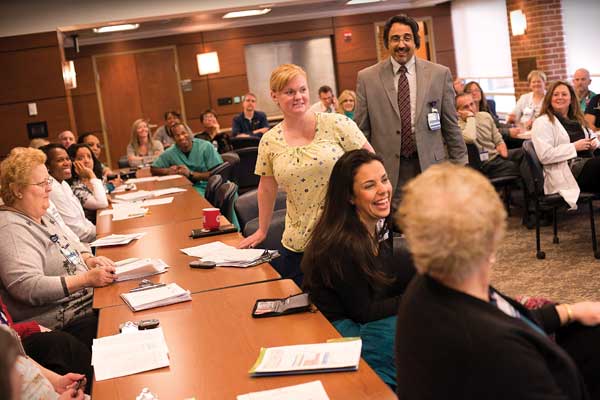
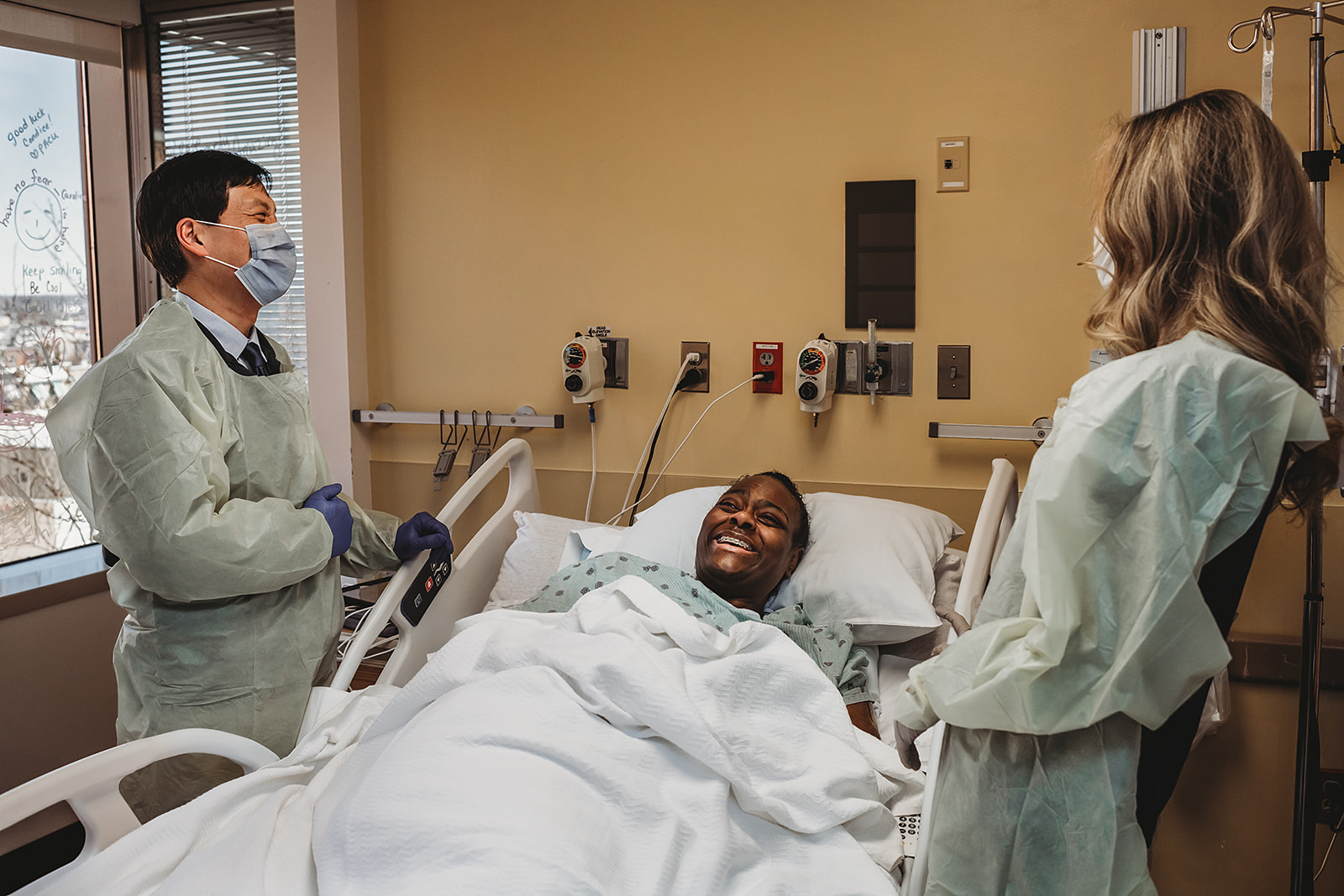 ‘Helpful, Powerful, Kind’ Palliative Care
‘Helpful, Powerful, Kind’ Palliative Care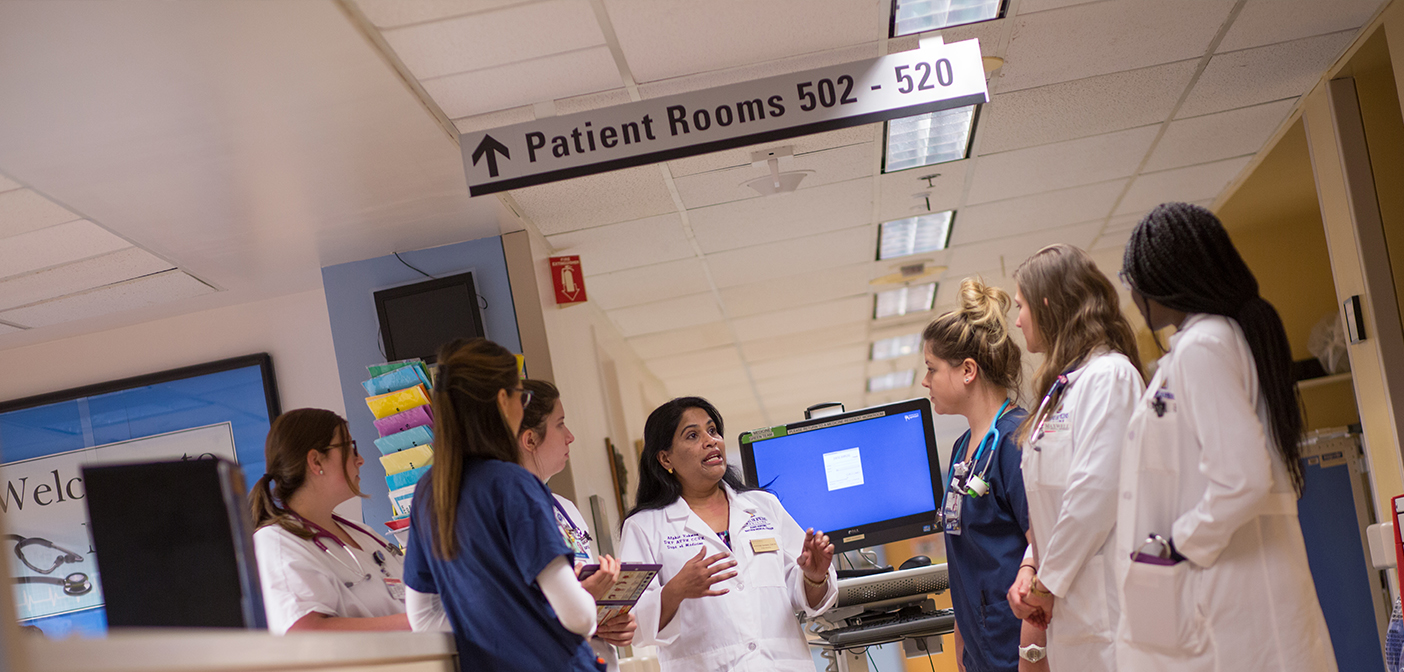 Breaking Barriers
Breaking Barriers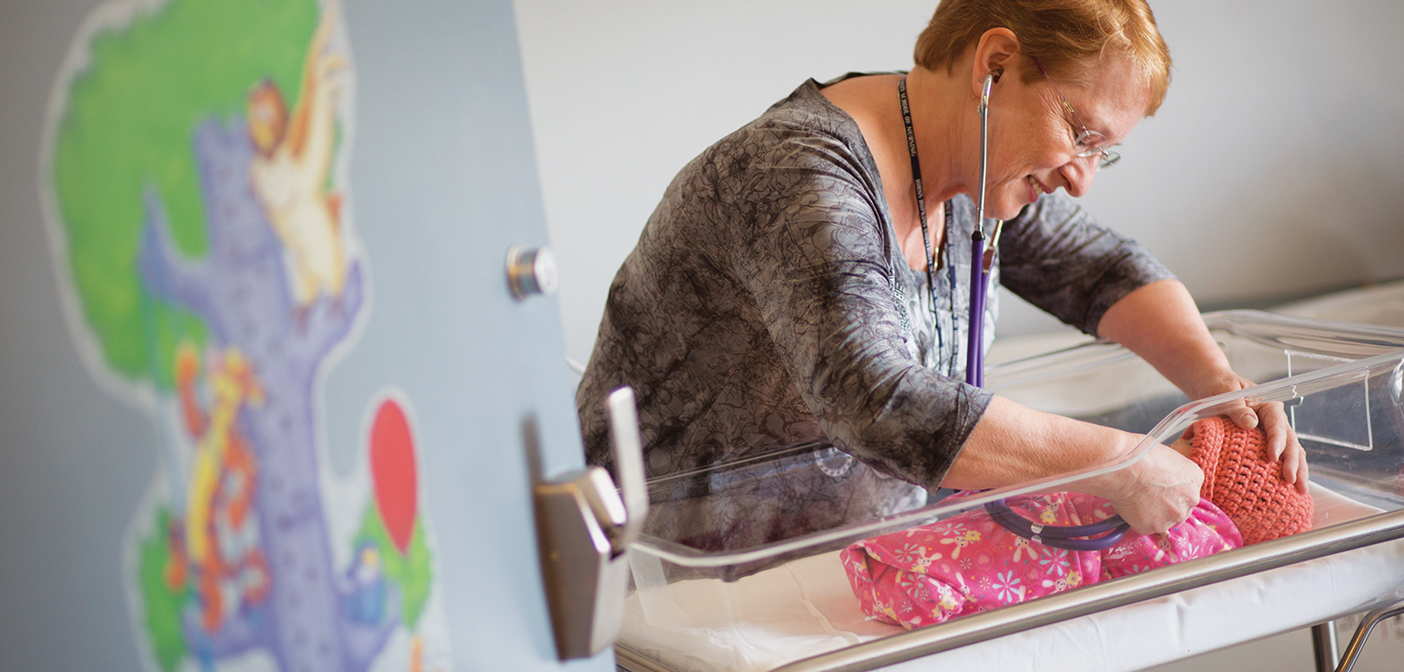 Pregnant Pause
Pregnant Pause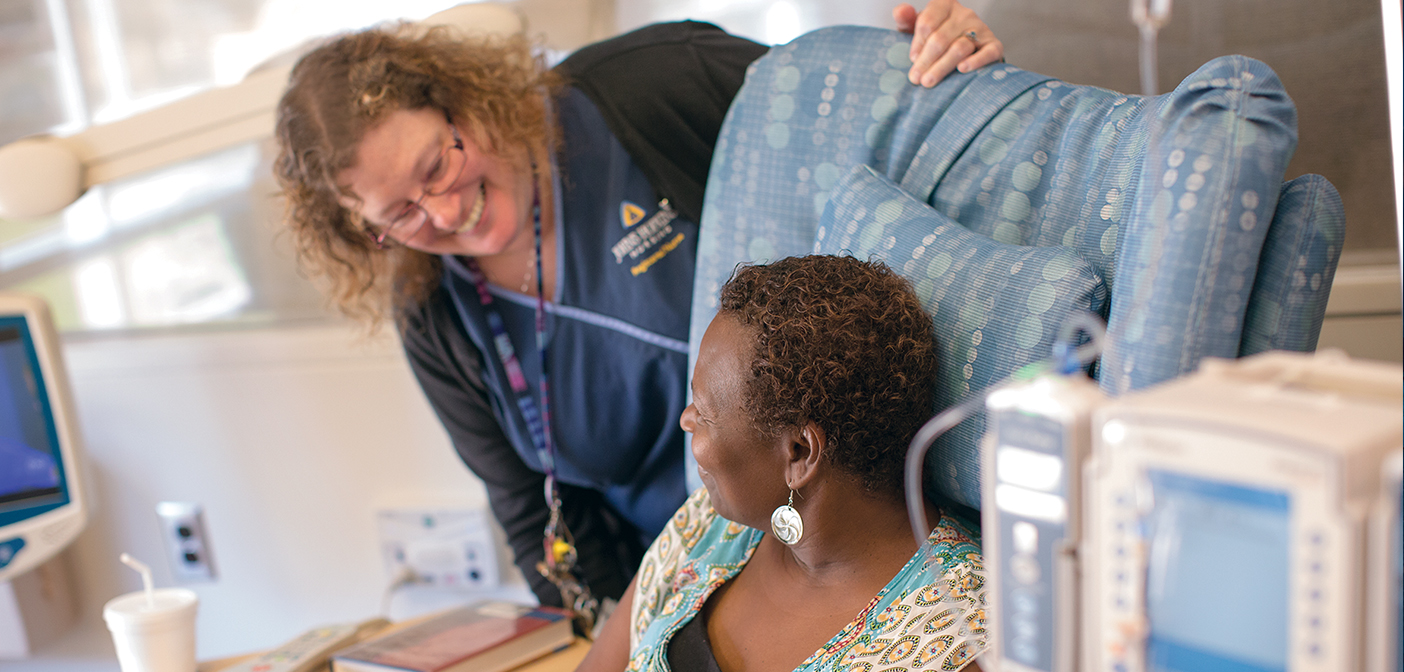 In Your Own World
In Your Own World Bayview’s Journey of Improvement
Bayview’s Journey of Improvement







